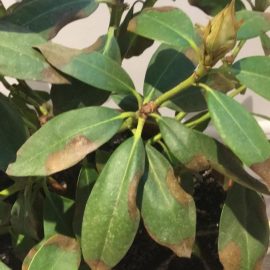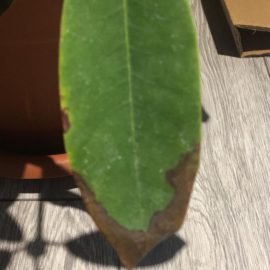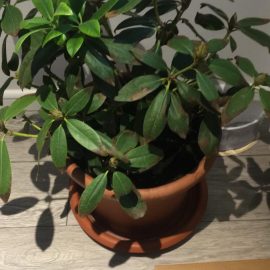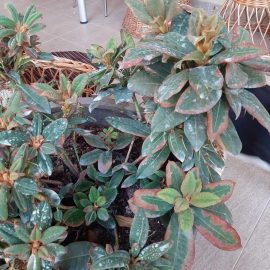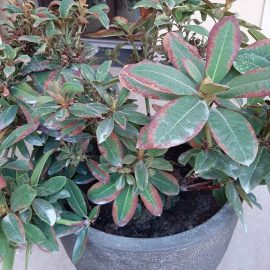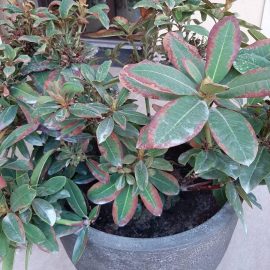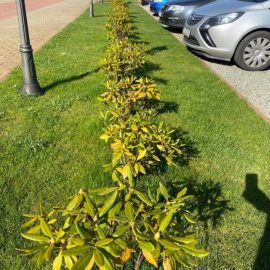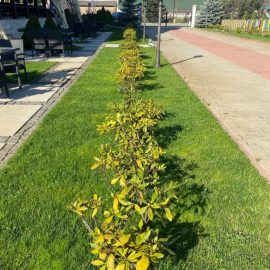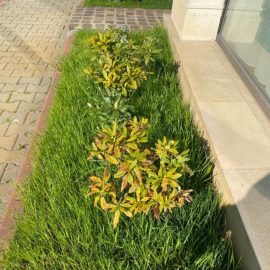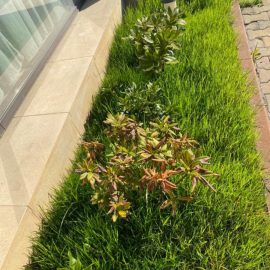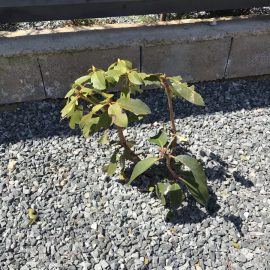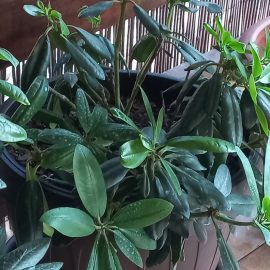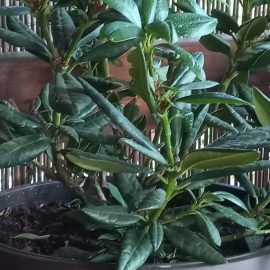Rhododendron, planting guide and care work
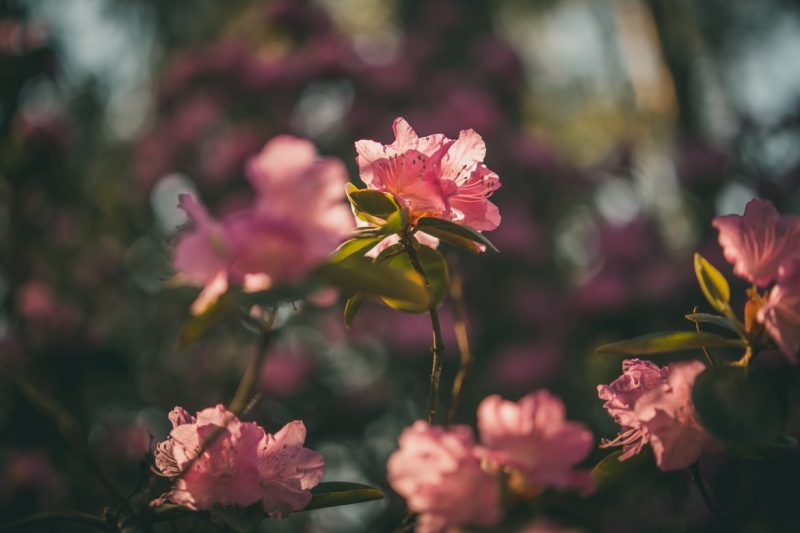
Rhododendron is a genus in the Ericaceae family, comprising about 1000 species of woody plants native to South and East Asia. They have the shape of a shrub or a semi-shrub and may have falling or persistent foliage. The outdoor species, which can withstand mild winters, are suitable to be planted in parks and gardens, being appreciated for the rich foliage and decorative, fragrant flowers.
Species and hybrids
The rhododendron species that can withstand milder winters are:
Rhododendron myrtifolium
It is a shrub native to the Balkan region, and in Romania, it can be found in the alpine and subalpine areas, in the Carpathian mountains. It is short and can reach a maximum height of 50 cm. It has long branches with weak branching, it has persistent leaves, with an elliptical shape, and is fleshy, with a glossy surface. It blooms in summer and the flowers grow in clusters of 10 blooms and can be pink or white. It has capsule-shaped fruits that contain many seeds.
Rhododendron flavum (yellow azalea)
It is a shrub native to the Caucasus, which can grow up to 3.5 m in height. It has deciduous leaves, ovate-elongated, downy, about 12 cm long, and thorny buds. It blooms in May, and the flowers grow in racemes, are large, yellow or orange, fragrant.
Rhododendron caucasicum
A shrub species native to the Caucasus, with a maximum height of 1.5 m. It has persistent leaves, ovate-lanceolate, with a fuzzy underside. The flowers develop in late spring, are light pink with yellow spots, and grow in racemes.
Rhododendron simsii (azalea)
Species are native to East Asia and can reach a height of 3 m. It branches strongly, has elliptical or lanceolate leaves, with a maximum length of 5 cm. The flowers grow in terminal clusters, develop in winter-spring, can be simple or double, red or pink.
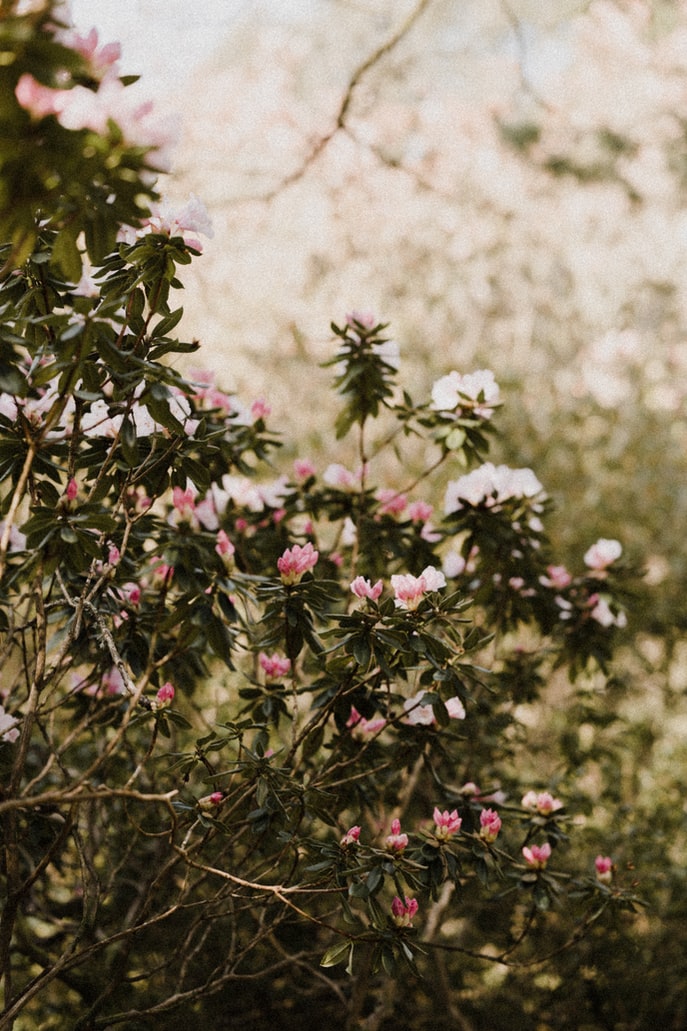
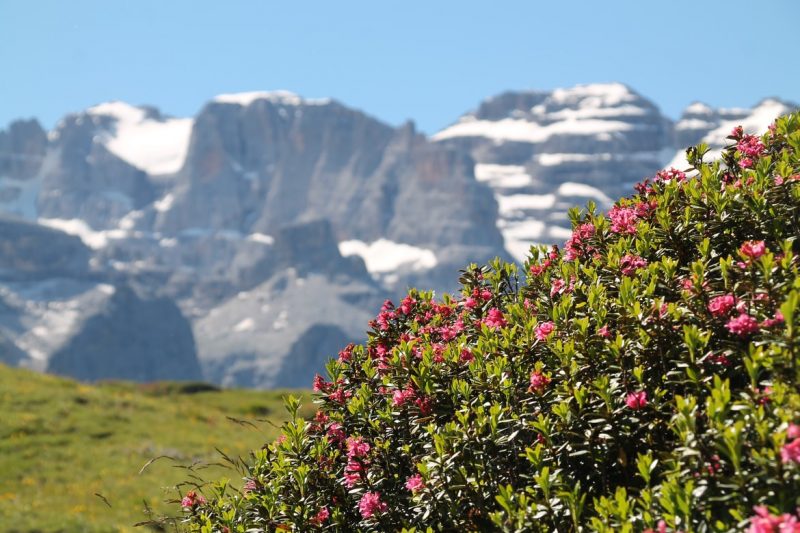
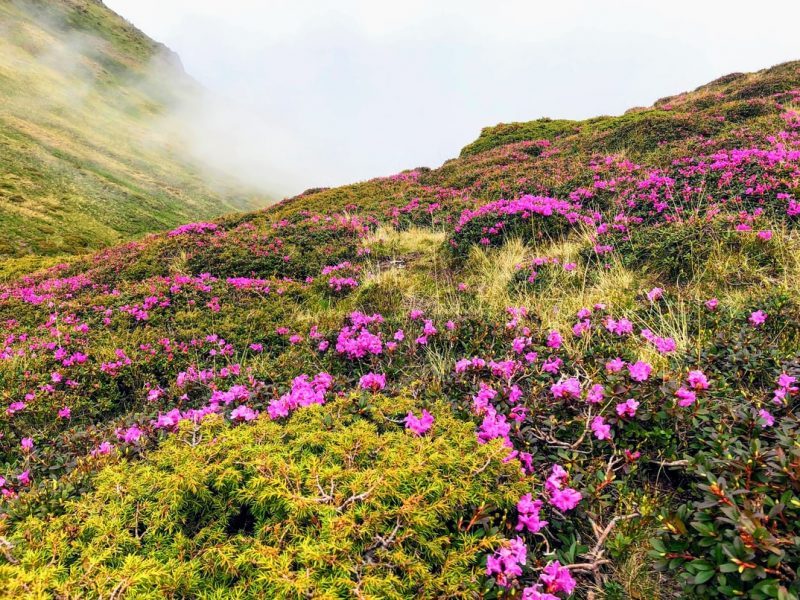
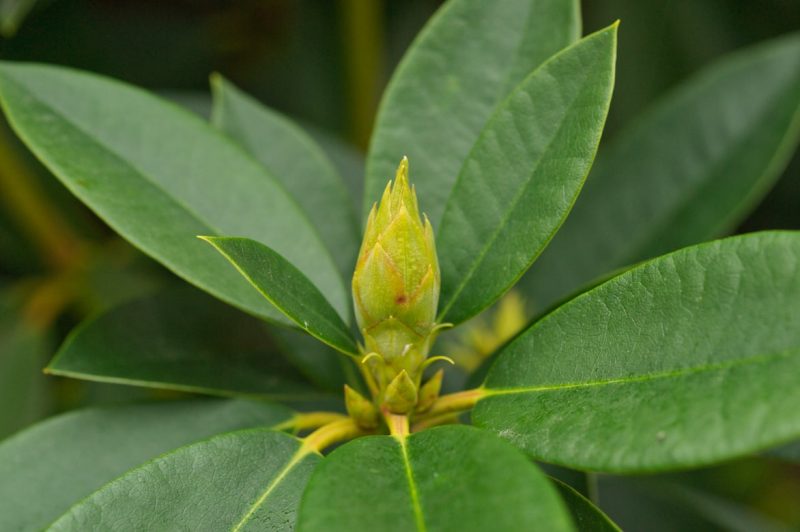
Care
Light. They are shade-loving plants, so they should be planted in places with shade, next to buildings or surrounded by vegetation, away from strong winds.
Temperature. In general, rhododendron species are resistant to low temperatures but can be affected by harsh winters.
Soil. Rhododendron prefers sandy, damp soils, rich in humus, which allow the easy drainage of water. Because in the natural environment they grow in acidic soils, they cannot withstand compact and calcareous soils.
Fertilization. For a rich growth and abundant flowering, it is recommended to fertilize the rhododendrons with a special fertilizer, during the vegetative growth period.
Recommended products
-
You can find products on a different store
Change Store -
You can find products on a different store
Change Store -
You can find products on a different store
Change Store -
You can find products on a different store
Change Store -
You can find products on a different store
Change Store -
You can find products on a different store
Change Store -
You can find products on a different store
Change Store -
You can find products on a different store
Change Store -
You can find products on a different store
Change Store -
You can find products on a different store
Change Store -
You can find products on a different store
Change Store -
You can find products on a different store
Change Store -
You can find products on a different store
Change Store -
You can find products on a different store
Change Store -
You can find products on a different store
Change Store -
You can find products on a different store
Change Store -
You can find products on a different store
Change Store -
You can find products on a different store
Change Store -
You can find products on a different store
Change Store -
You can find products on a different store
Change Store -
You can find products on a different store
Change Store -
You can find products on a different store
Change Store -
You can find products on a different store
Change Store -
You can find products on a different store
Change Store
Pruning. It is recommended to make shape correction cuts in early spring, during the vegetative dormancy period.
Recommended products
-
You can find products on a different store
Change Store -
You can find products on a different store
Change Store -
You can find products on a different store
Change Store -
You can find products on a different store
Change Store -
You can find products on a different store
Change Store -
You can find products on a different store
Change Store -
You can find products on a different store
Change Store -
You can find products on a different store
Change Store -
You can find products on a different store
Change Store -
You can find products on a different store
Change Store -
You can find products on a different store
Change Store -
You can find products on a different store
Change Store -
You can find products on a different store
Change Store -
You can find products on a different store
Change Store -
You can find products on a different store
Change Store -
You can find products on a different store
Change Store -
You can find products on a different store
Change Store -
You can find products on a different store
Change Store -
You can find products on a different store
Change Store -
You can find products on a different store
Change Store -
You can find products on a different store
Change Store -
You can find products on a different store
Change Store -
You can find products on a different store
Change Store -
You can find products on a different store
Change Store
Planting
Planting should be done in spring or autumn, during the vegetative dormancy period, at temperatures above 5° C, if the soil is not frozen and there is no danger of frost. Be sure to purchase planting material from authorized nurseries. Immediately after planting, water abundantly, then keep the soil always moist.
Propagation
Rhododendron plants can be propagated through seeds, cuttings, or grafting.
- the seeds have to be sown in hotbeds, at the surface. The process is rarely used because it takes 4 years until the plants finally sprout.
- propagation through cuttings is done in greenhouses, in June-November. Portions of lateral shoots, 9-12 cm long, are used, from which the basal leaves have to be removed (only 4-5 leaves have to be left). The rooting substrate can be made up of sand peat. Planting the cuttings must not be done very deep, so that the leaves do not touch the substrate. It is recommended to use specific hormones and maintain the temperature around 22-24° C. To protect the cuttings, they have to be covered with a glass dome. Rooting can take up to 6-8 months, after which the obtained plants have to be planted in pots.
- grafting can be done by copulation or plywood, for varieties with large flowers.
Recommended products
-
You can find products on a different store
Change Store -
You can find products on a different store
Change Store -
You can find products on a different store
Change Store -
You can find products on a different store
Change Store -
You can find products on a different store
Change Store -
You can find products on a different store
Change Store -
You can find products on a different store
Change Store -
You can find products on a different store
Change Store -
You can find products on a different store
Change Store -
You can find products on a different store
Change Store -
You can find products on a different store
Change Store -
You can find products on a different store
Change Store -
You can find products on a different store
Change Store -
You can find products on a different store
Change Store -
You can find products on a different store
Change Store -
You can find products on a different store
Change Store -
You can find products on a different store
Change Store -
You can find products on a different store
Change Store -
You can find products on a different store
Change Store -
You can find products on a different store
Change Store -
You can find products on a different store
Change Store -
You can find products on a different store
Change Store -
You can find products on a different store
Change Store -
You can find products on a different store
Change Store
Recommended products
-
You can find products on a different store
Change Store -
You can find products on a different store
Change Store -
You can find products on a different store
Change Store -
You can find products on a different store
Change Store -
You can find products on a different store
Change Store -
You can find products on a different store
Change Store -
You can find products on a different store
Change Store -
You can find products on a different store
Change Store -
You can find products on a different store
Change Store -
You can find products on a different store
Change Store -
You can find products on a different store
Change Store -
You can find products on a different store
Change Store -
You can find products on a different store
Change Store -
You can find products on a different store
Change Store -
You can find products on a different store
Change Store -
You can find products on a different store
Change Store -
You can find products on a different store
Change Store -
You can find products on a different store
Change Store -
You can find products on a different store
Change Store -
You can find products on a different store
Change Store -
You can find products on a different store
Change Store -
You can find products on a different store
Change Store -
You can find products on a different store
Change Store -
You can find products on a different store
Change Store
Diseases and pests
Diseases that can occur in rhododendrons are root rot (Phytophthora cactorum) and silver leaf (Chondrostereum purpureum).
In addition:
- at the beginning of the cold season, it is recommended to place a layer of mulch at the base of the plant.
- the flowers have to be removed after flowering.
- chlorine-containing fertilizers should be avoided.















































































































































































































































































































































































































































